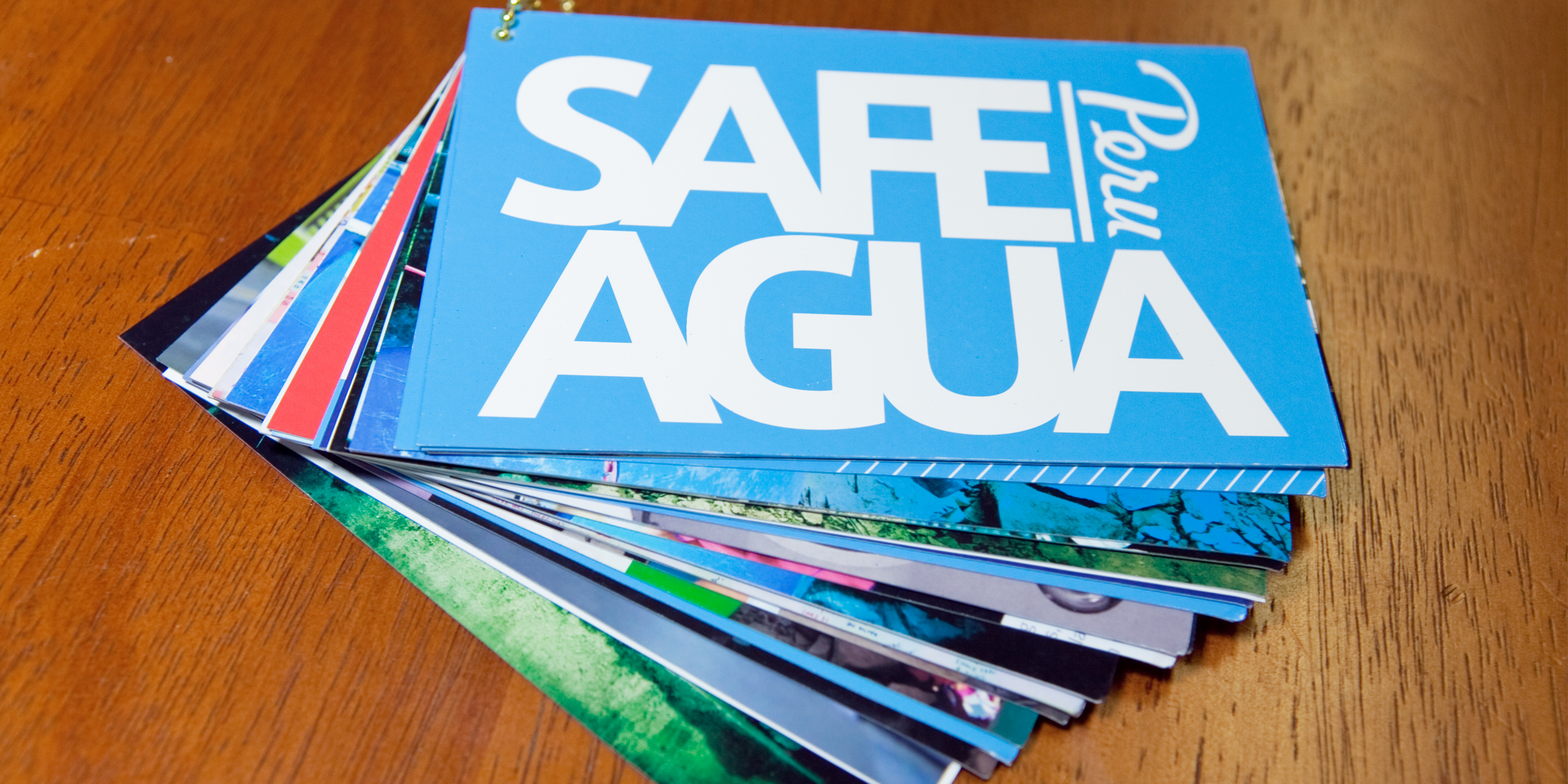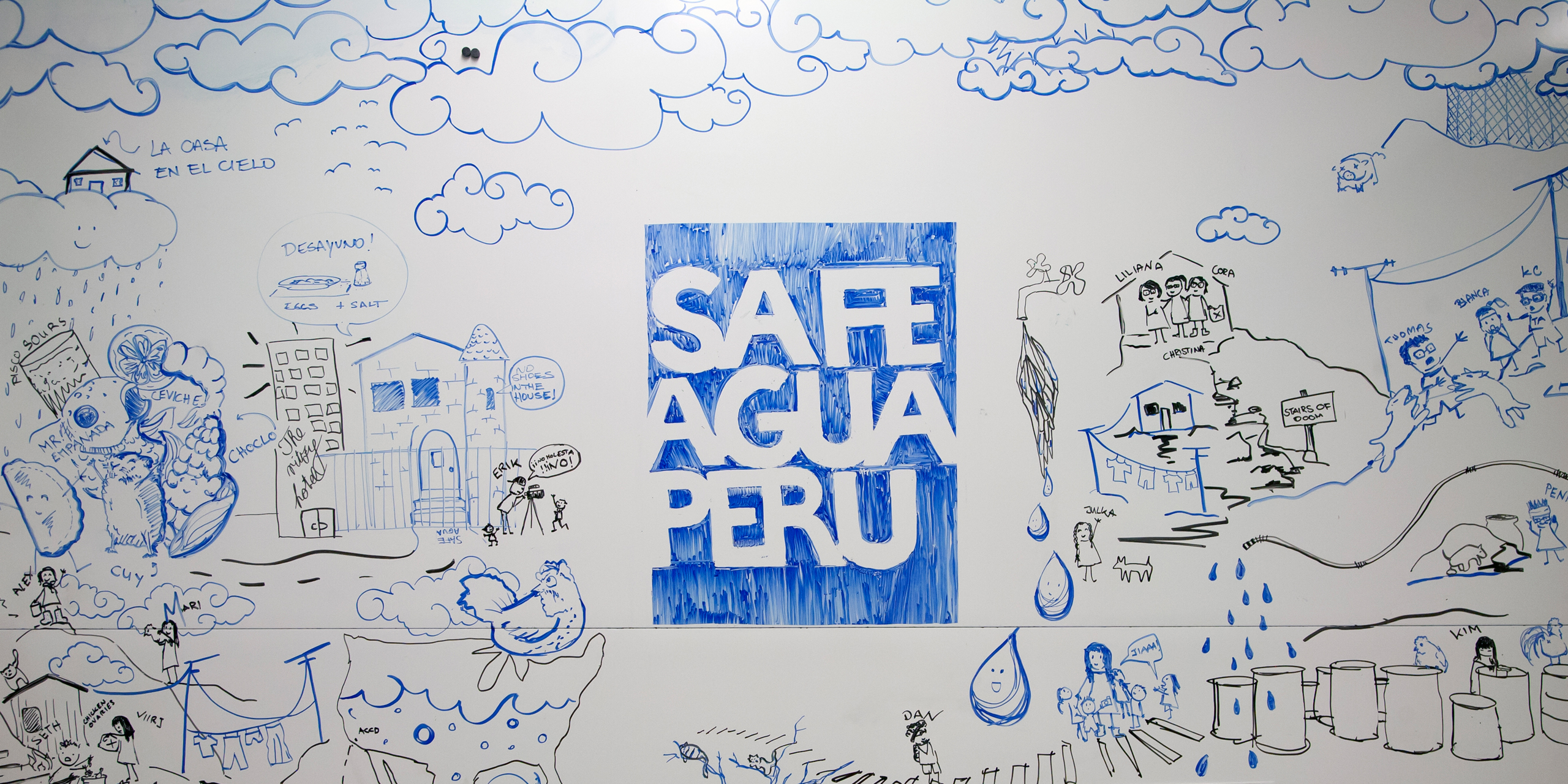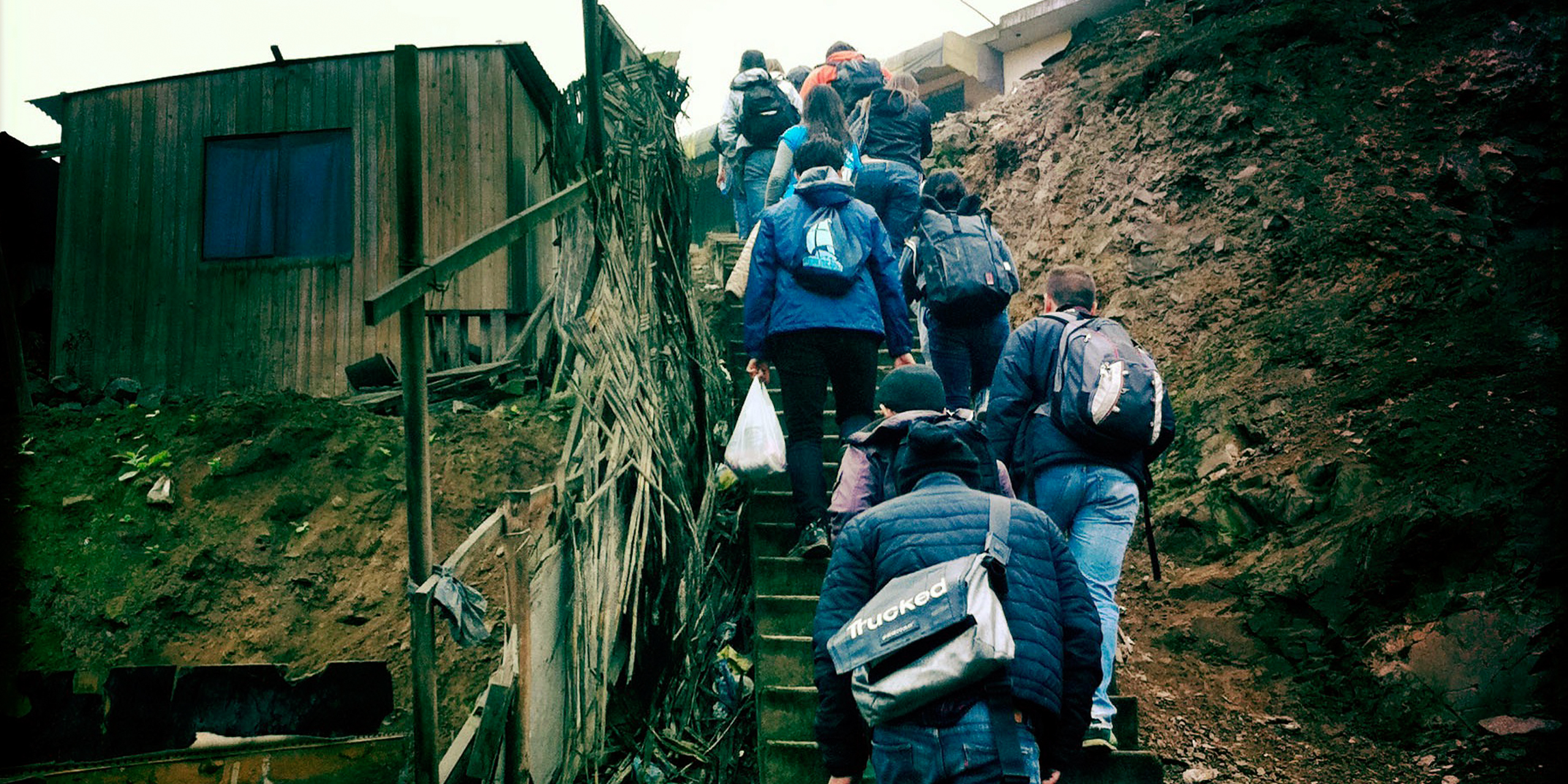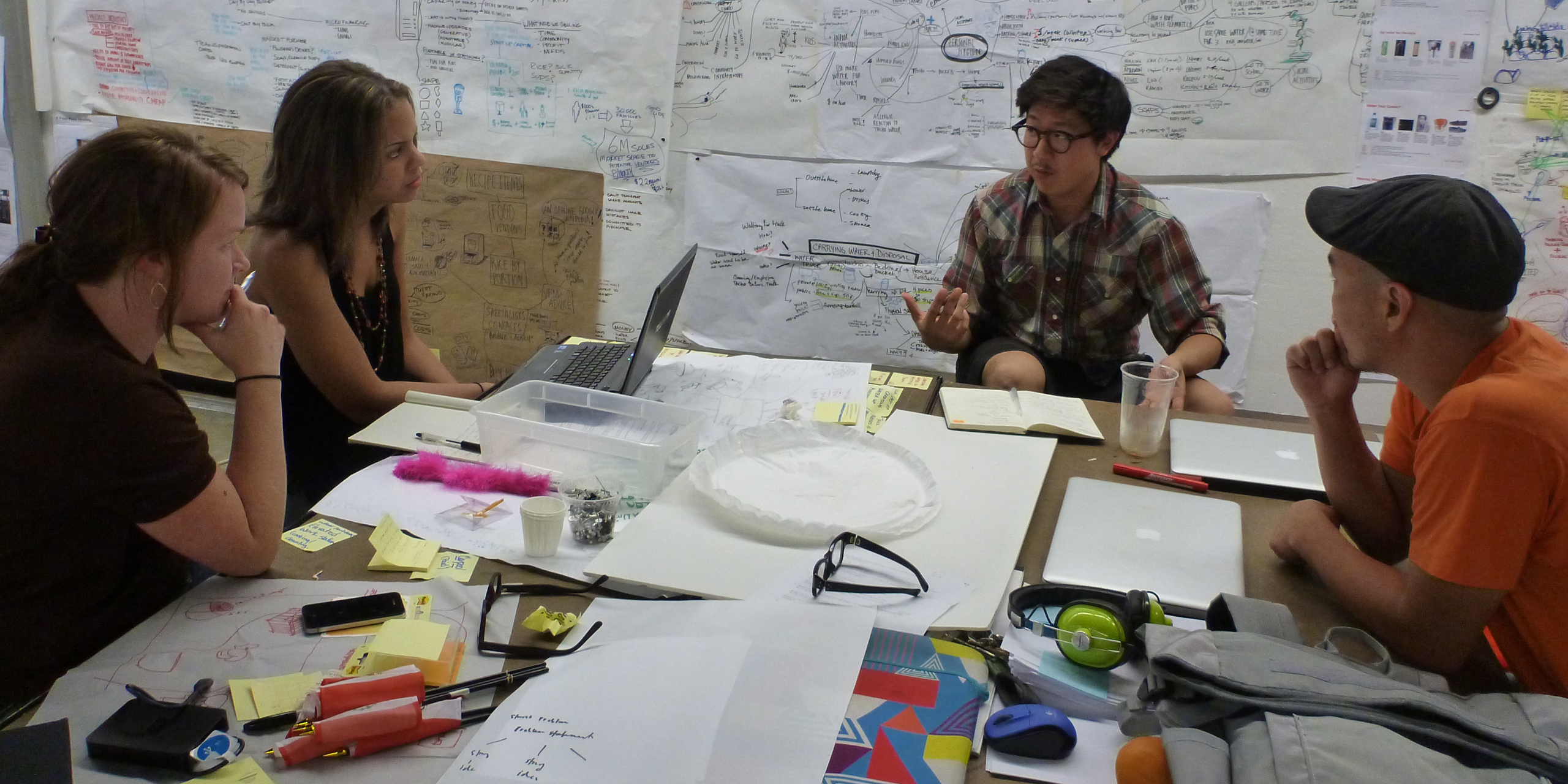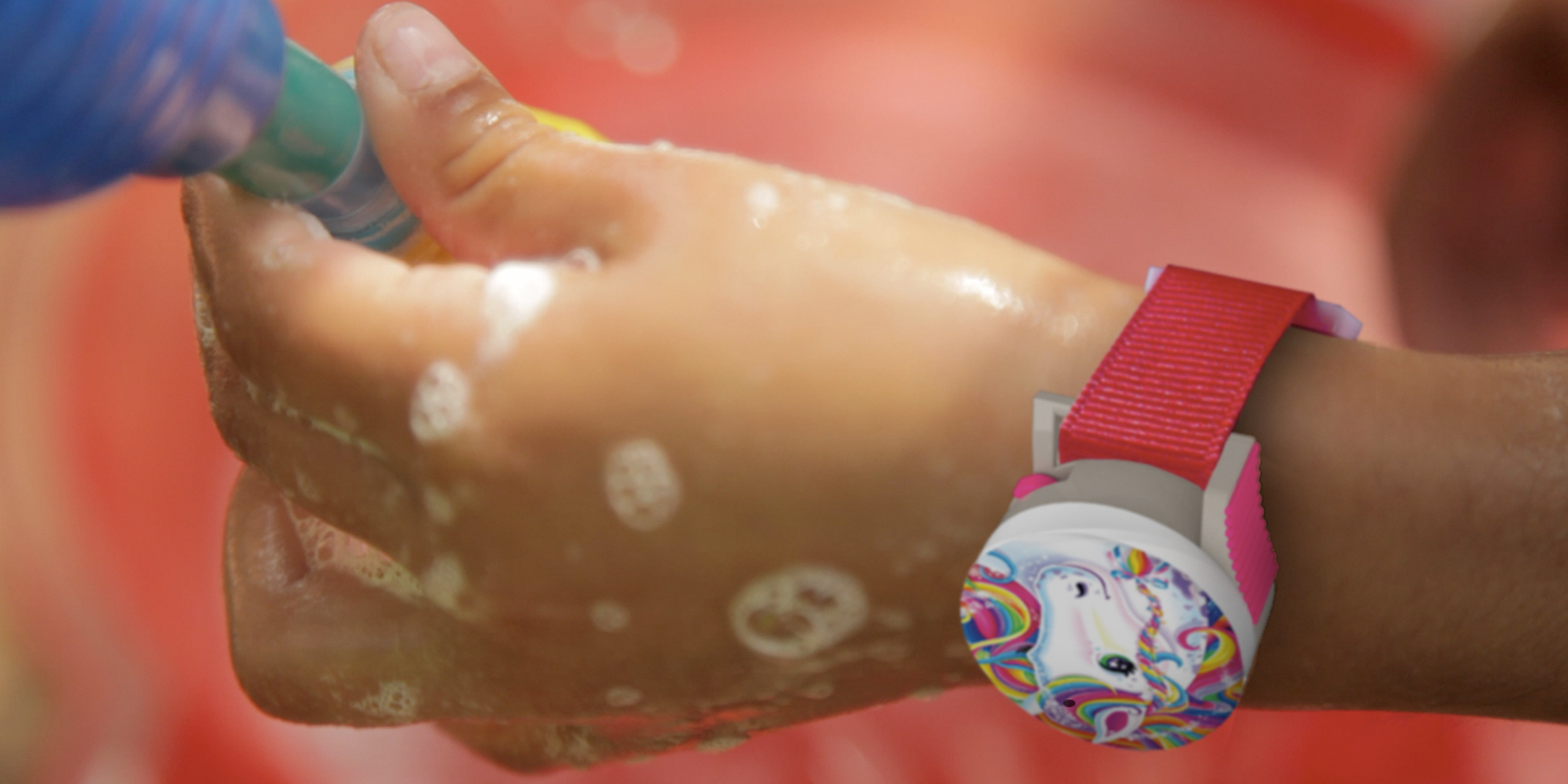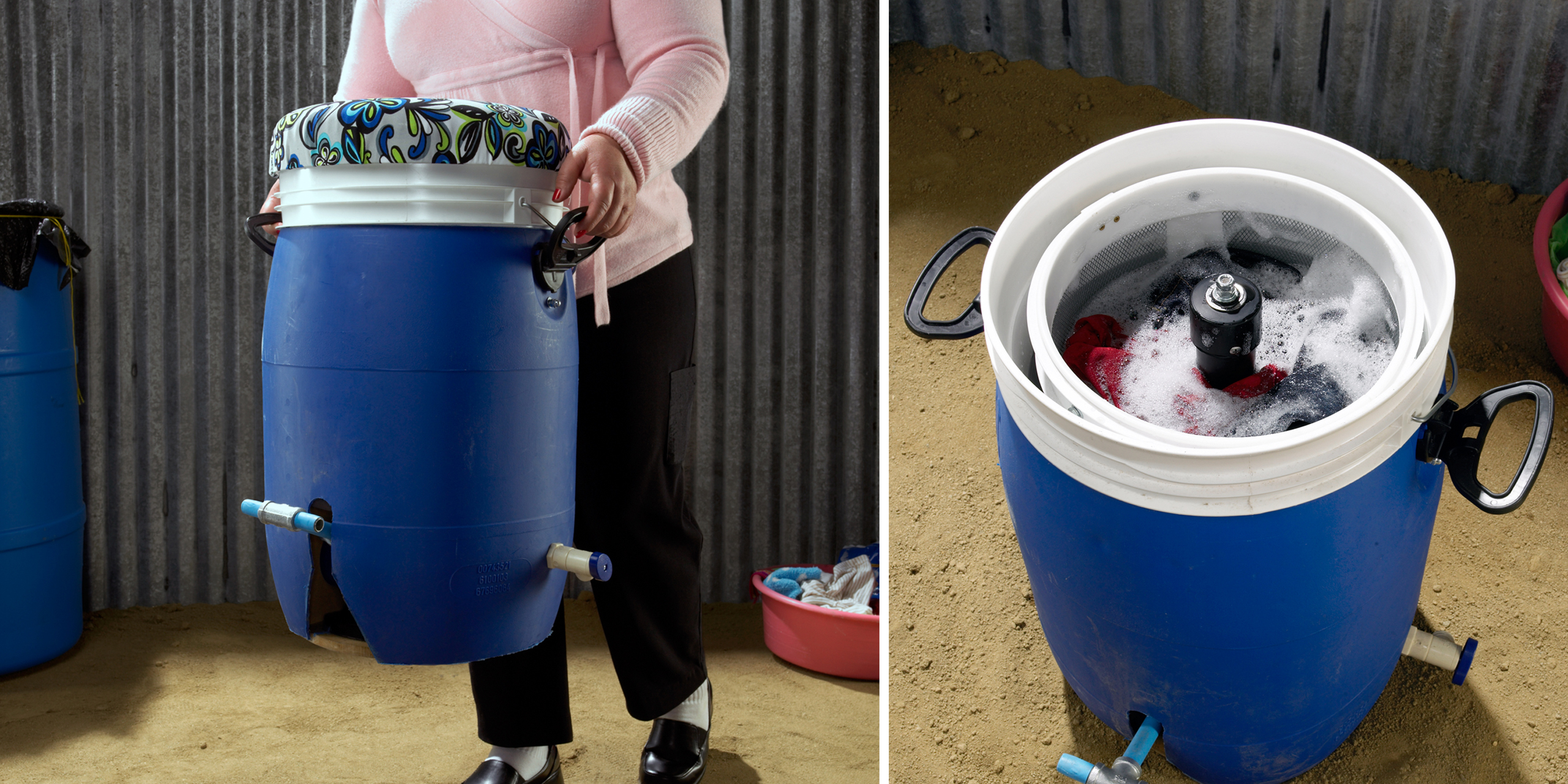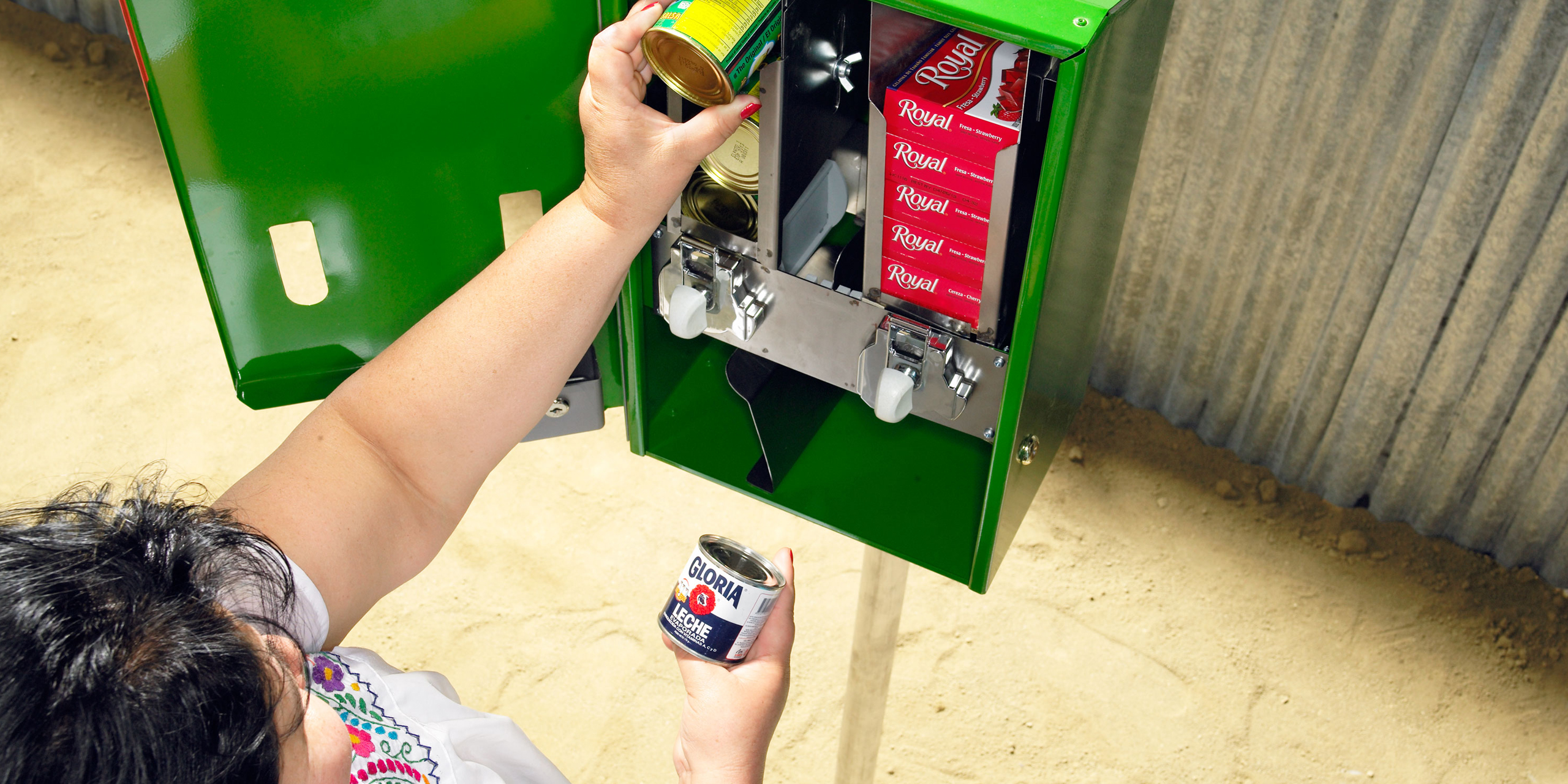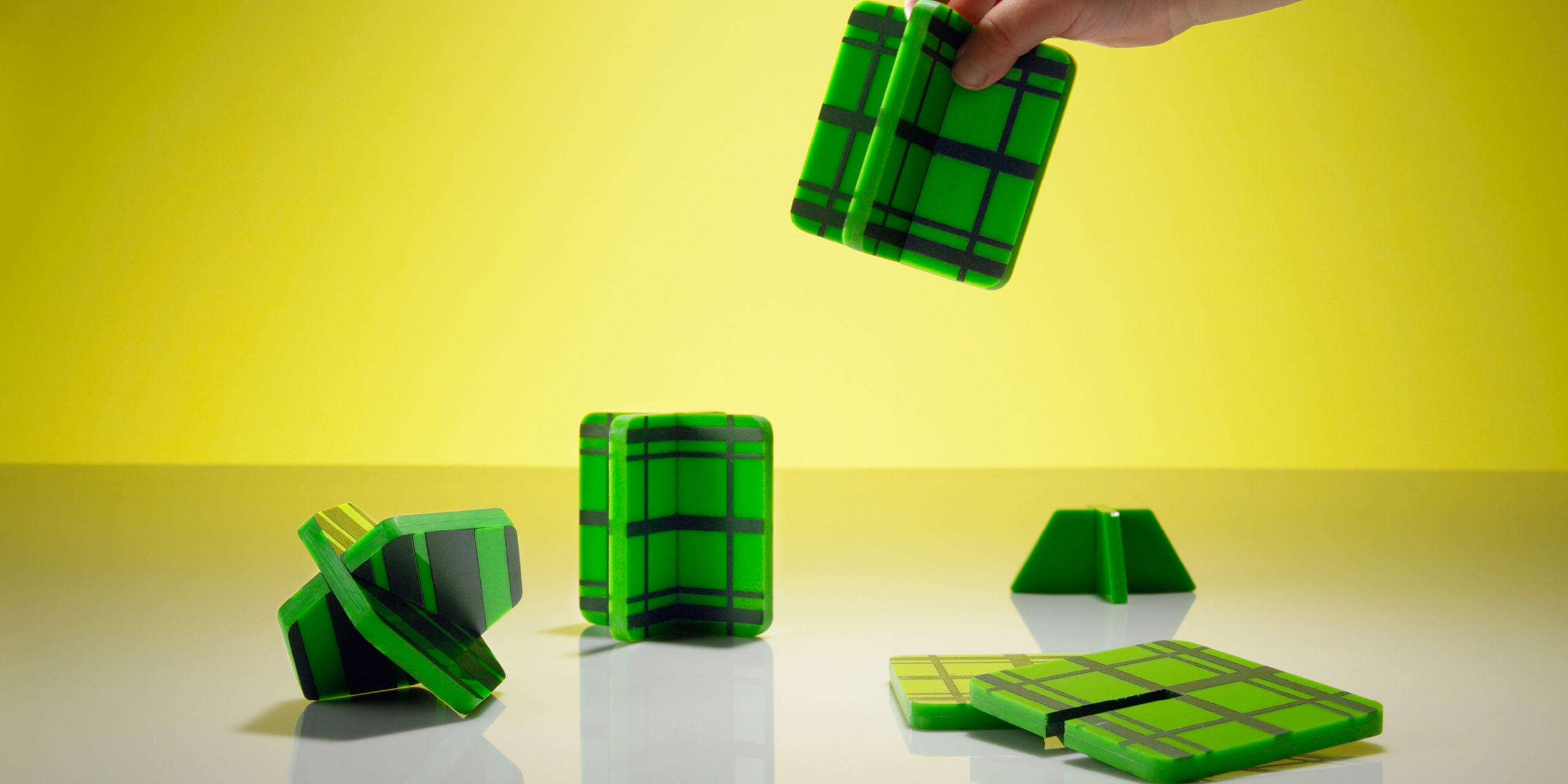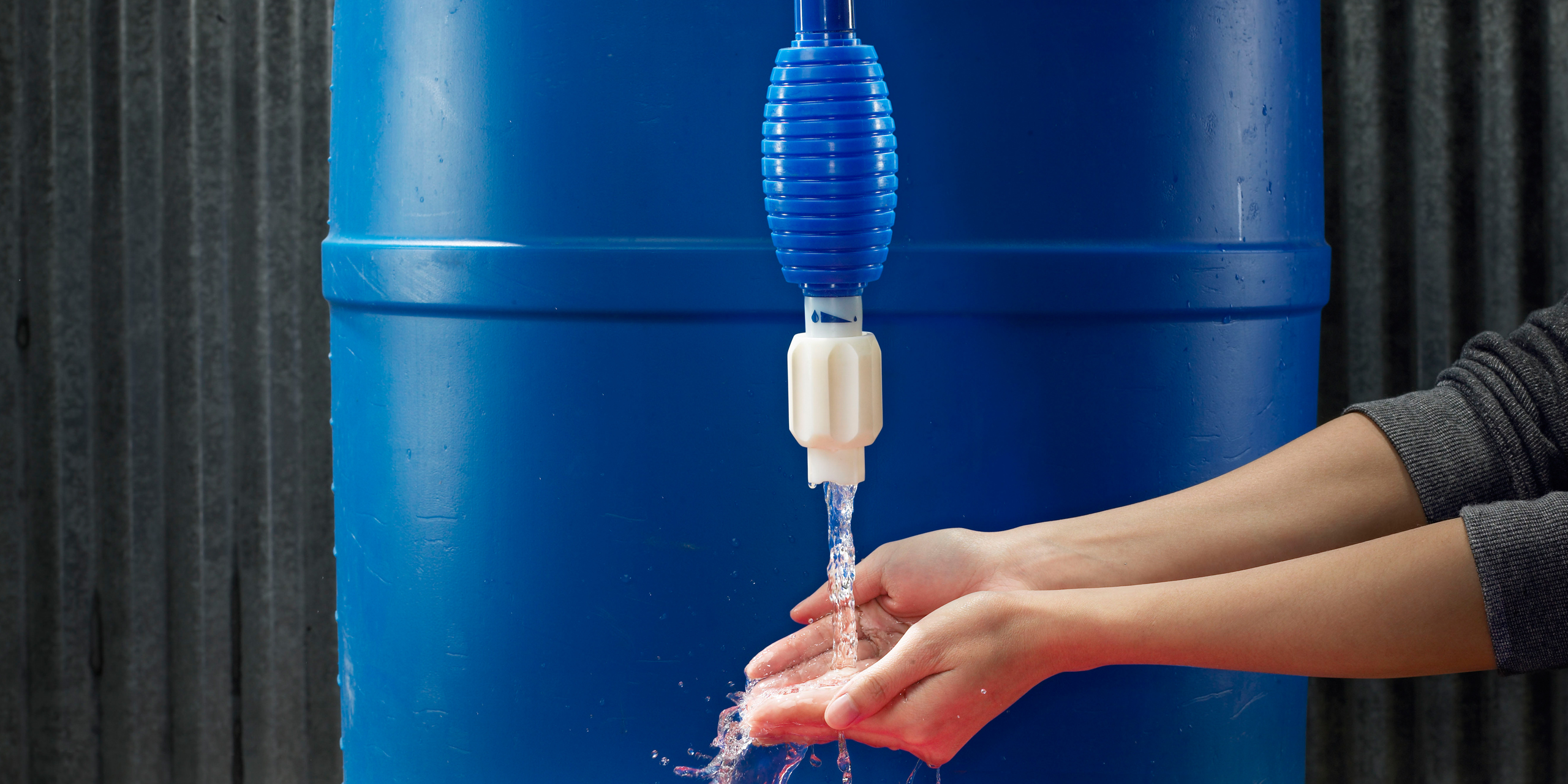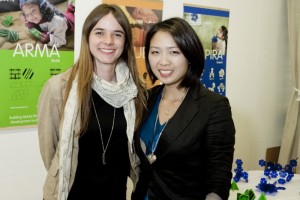Building on the investigations and experiences of the successful and award-winning 2009 SAFE AGUA Chile, Designmatters at ArtCenter College of Design once again partnered with the Latin American NGO, Un Techo para mi Pais and its Innovation Center to co-create innovative design solutions to overcome water poverty with families living in Cerro Verde, a 30,000-person slum [asentamientos] perched on the hillsides surrounding Lima, Peru.
Our “competitive advantage” in this unique field for the Safe Agua Peru project lies in the successful partnerships and outcomes of Safe Agua Chile; our participatory relationship with community stakeholders; and the complementary expertise with Un Techo Innovation team partners.
Safe Agua Peru was supported by a 2011 Sustainable Vision Grant of the National Collegiate Inventors & Innovators Alliance (NCIIA). The Innovation Center of Un Techo will be instrumental in moving the full-scale working prototypes through the next phase of development leading to implementation.
